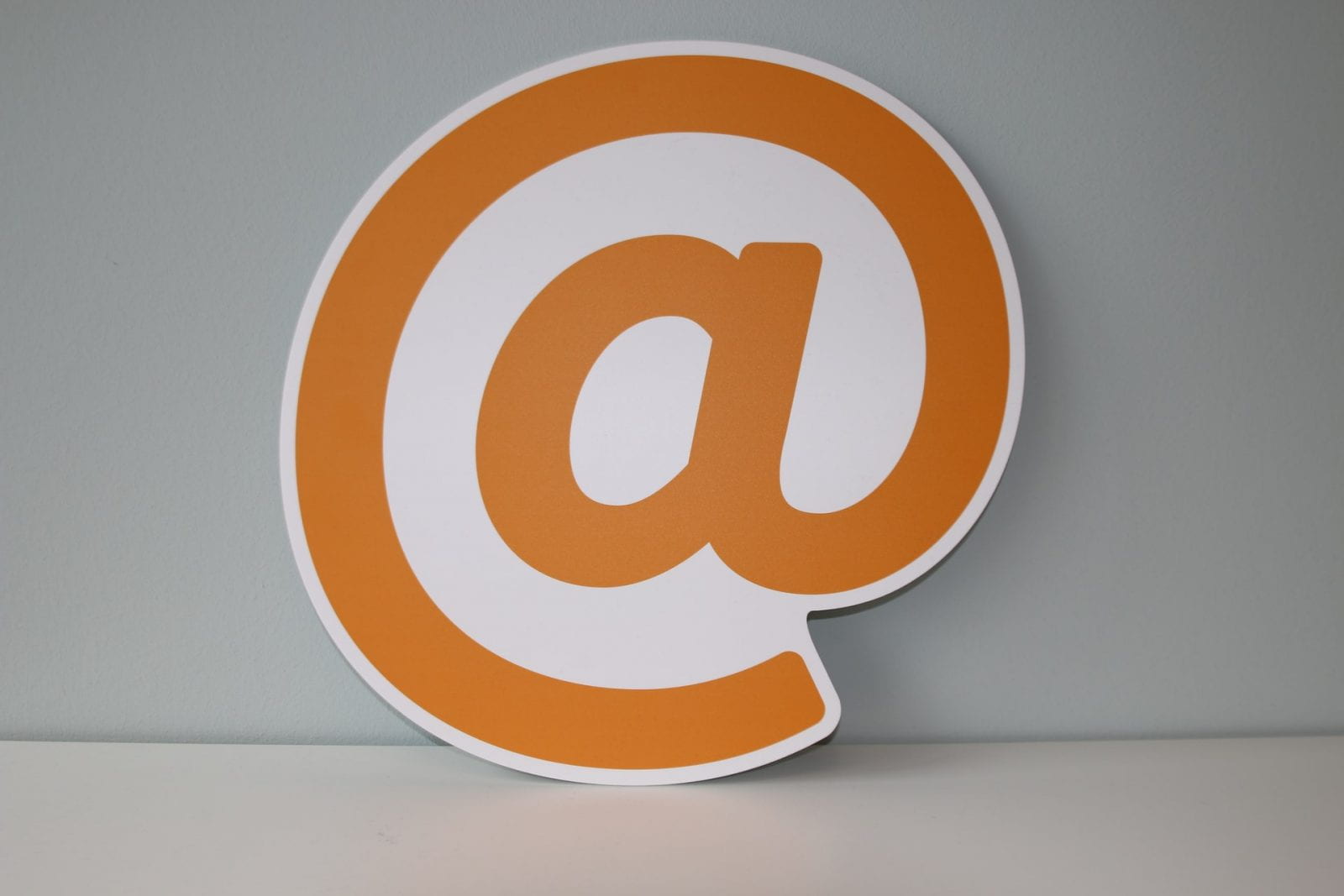
What’s the difference between my username and my email address?
Over the past few years, the line between email address and username has become very blurred. Historically one’s username was some single group of letters (and sometimes numbers) that was typically derived from one’s name. So “Jane Doe” might have a username that was something like “jdoe” or “jxd1234” depending on the company standards. At UTA, we have that, and we call it our NetID. One of the challenges with a NetID is that it needs to be unique. No one else at UTA can have (or have ever had) the same NetID. This simple string of letters represents my identity for all the computer systems that the University uses. Historically NetID was limited to 8 characters, because of DOS. That meant there are still 378 variations possible; which is more than enough to hand the couple million identities that UTA keeps track of.
The uta.edu domain has been around since at least 1985. From the earliest inception of the Internet, the problem of identifying a person by their home domain was solved with the “@.” This simple character sliced the identity into two parts. The left side is your identity inside the organization while the right side identified your organization. Email is just one place that needed to have a unique identity outside of the organization. It became the most common place that people would see this user@domain format. Most people assume that anything that is in the format user@domain must be an email address. For the most part, this is true as a matter of convenience and convention. At UTA most people have an email address that looks like “jane.doe@uta.edu.”
What has happened recently is the move to The Cloud. More specifically, multitenant cloud-hosted software. On these platforms, it is very convenient for the vendor to have a unique identity for each individual user even when their platform is shared by many corporations. When UTA is setting up the relationship with the vendor, we have to tell the vendor what the user identity is for each person. In the case of Eduroam, one of our oldest cloud providers, the answer was to use the NetID@uta.edu. This provided a simple and unique identifier for every Eduroam user. So, Jane Doe would login to Eduroam as jdoe@uta.edu which may or may not be a valid email address.
Starting about 18 years ago, social media companies like LinkedIn, Facebook and Twitter started using one’s email address as a way to identify you as a member of an organization. They used your identity to get more information about you. They used your email address as a way to allow password resets. Other companies like Google, Apple, and Microsoft also allowed you to use an email address as your identity on their systems. As these companies gobbled up other companies they had an easy way to merge identities and cross-identify you across their services. You may now have a Microsoft account because you once tried EA Sports or Hotmail.
Historically, email addresses were either tied to your employer, your phone company (ISP), or a paid monthly subscription (AOL, CompuServe). So long as you didn’t change jobs, change phone companies, or cancel AOL, then you had the same email address. People immediately flocked to free services like Hotmail and Gmail as a way to have an email address independent from these commitments.
Today there is an aggregation of identity management on the Internet. The big three are Microsoft, Google, and Apple. Each of these companies has both UTA and individual consumers as customers. When people use their employee credentials to identify themselves to these companies, it can create all sorts of problems. These problems are typically very hard to diagnose. As a public institution, this kind of commingling of identity can also create legal problems down the road. If you have ever logged into a Microsoft or Google account and been presented with a decision screen like this, it means that you have two identities with that vendor. Action on your part is necessary to resolve the situation.

In summary, one’s email address has become our de facto identity as far as the world is concerned. It’s no longer just a convenient way to receive messages from another company. By using our UTA email addresses, we are asserting our relationship with and our representation of the University. Per UTA policy, incidental use of one’s email addresses for personal purposes is allowed. It is important to remember that every email sent or received is subject to disclosure. By keeping a simple firewall between our personal and professional identities, we can keep private what should be private. In the case of cloud-based software and social media accounts, that means only using our UTA identity when we are using that service as an employee (or student) or UTA. If you do not have a personal email account, it’s time to get one. They are available for free from the likes of Microsoft, Google, Apple, and ProtonMail. If you have a personal Microsoft or Google account, it’s time to update that identity to use your personal email address.
Drew Eubank • 2022-May-03